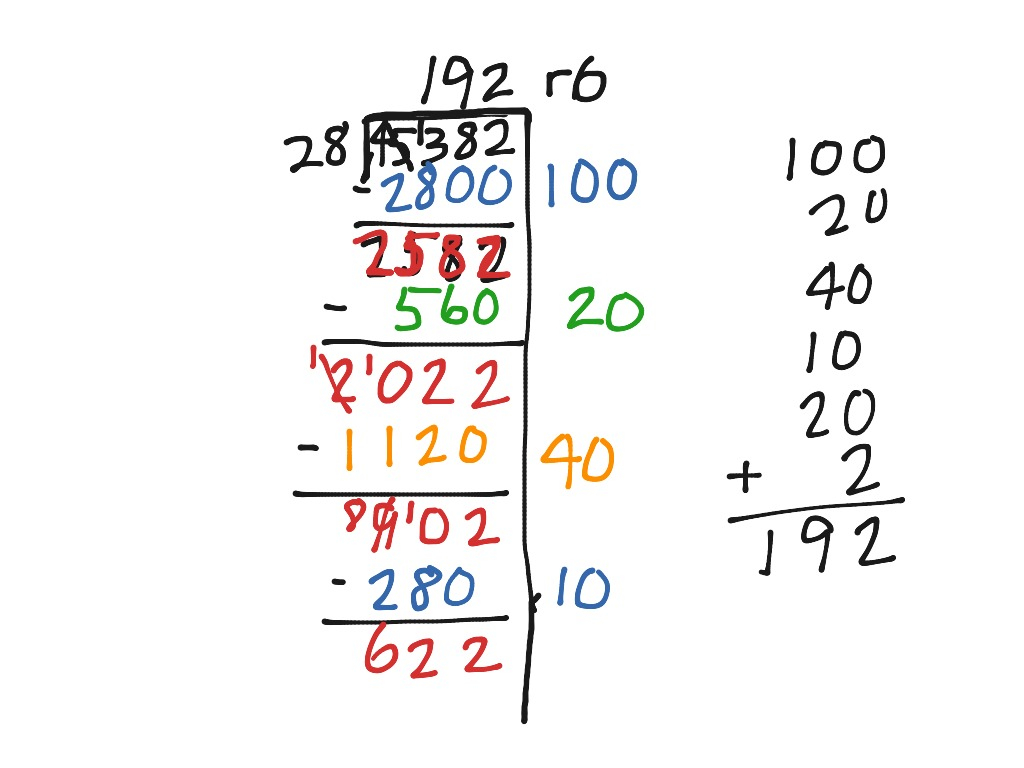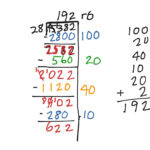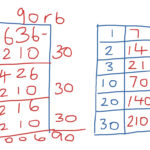Big 7 Division Worksheets – Worksheets for division are great for practicing math concepts. They are a great way to practice math concepts and prepare yourself for math tests. Worksheets come in a wide variety of formats, including whole numbers and decimals.
entire numbers
Your child will have an understanding of the fundamental idea of performing mathematical operations on whole numbers with the worksheet for division of whole numbers. You can use these worksheets to test your division skills and assist students to comprehend the idea. These worksheets are illustrated with images and examples from the real world.
There are a variety of worksheets for division. Many-digit worksheets and long divisions are some examples. Multi-digit integers have to be divided by their divisors. Then, they calculate the quotient as well as the remainder. Long division worksheets used as a standard method.
Apart from the standard worksheets for division of numbers, there are worksheets that divide whole numbers with fractions. This is a great technique to help students develop their reasoning and make the subject more interesting to them.
Rule of Divisibility
Children are able to better understand the concept of divisibility making use of worksheets on division that incorporate divisibility rules. They are a great way to keep children interested in learningand can aid in solving division problems. These worksheets aid children to quickly understand and remember the information.
Children are asked mark the numbers that were divided by the given numbers on a worksheet regarding divisibility rules. These worksheets are designed to assist students improve their decision-making and fine motor abilities. They aid kids in tracking their education and locating gaps in their knowledge.
To determine if a number can be divided by another number then you need to divide it by its number of digits. Therefore, the number must be divided using the total of digits. The last digit must also be even.
Fractional division
It’s a great way to introduce fractions to children with worksheets that help split fractions. This type of exercise aids students in preparing for algebra.
Most students struggle with fractional divide on a daily basis at school. It’s difficult due to the fact that it can be a bit difficult to comprehend. Use worksheets for fraction division to avoid confusion. These are a great way to double-check children’s answers. It may be beneficial to provide worksheets for division of fractions in class.
There are numerous worksheets to help students with fraction division, such as words problems, pictures diagrams, diagrams and diagrams. Students are able to practice writing fractions using mixed numbers using them as well. These worksheets are offered with a variety of difficulty levels. The worksheets are suitable for grades 3 to 6.
Decimal division
Divide whole and decimals are similar operations. The decimal point is shifted to the right in order to divide the decimal. Round either way using the number immediately after the decimal point.
Before you can divide one decimal, you must first determine the number. A decimal quotient is the sum of the divisor’s products and the dividend. It could be a multiplier of one integer 10 or even a multiple of 100.
A decimal quotient in most instances is rounded up to a predetermined amount of decimal points. A trailing zero is used for this. The dividend is worth 0.4, and the divisor worth 4.88, so divising 48.8×4 is a decimal split.
For large numbers to be divided, you can use power of 10.
The basic idea behind applying powers of ten for dividing huge numbers is extremely beneficial. You must be able to change the decimal point, when you divide a decimal or a whole number.
When splitting large numbers, the decimal point has to move as far as possible. This way, the value will rise and the initial value will decrease. The decimal point will move left when it’s smaller than the initial value. It will shift to the right when it’s larger. The exponent is reduced by the amount that the number moves when it’s smaller than one.
You must subtract the exponents within the divisor of these exponents. The scientific terminology for this procedure is available here.





